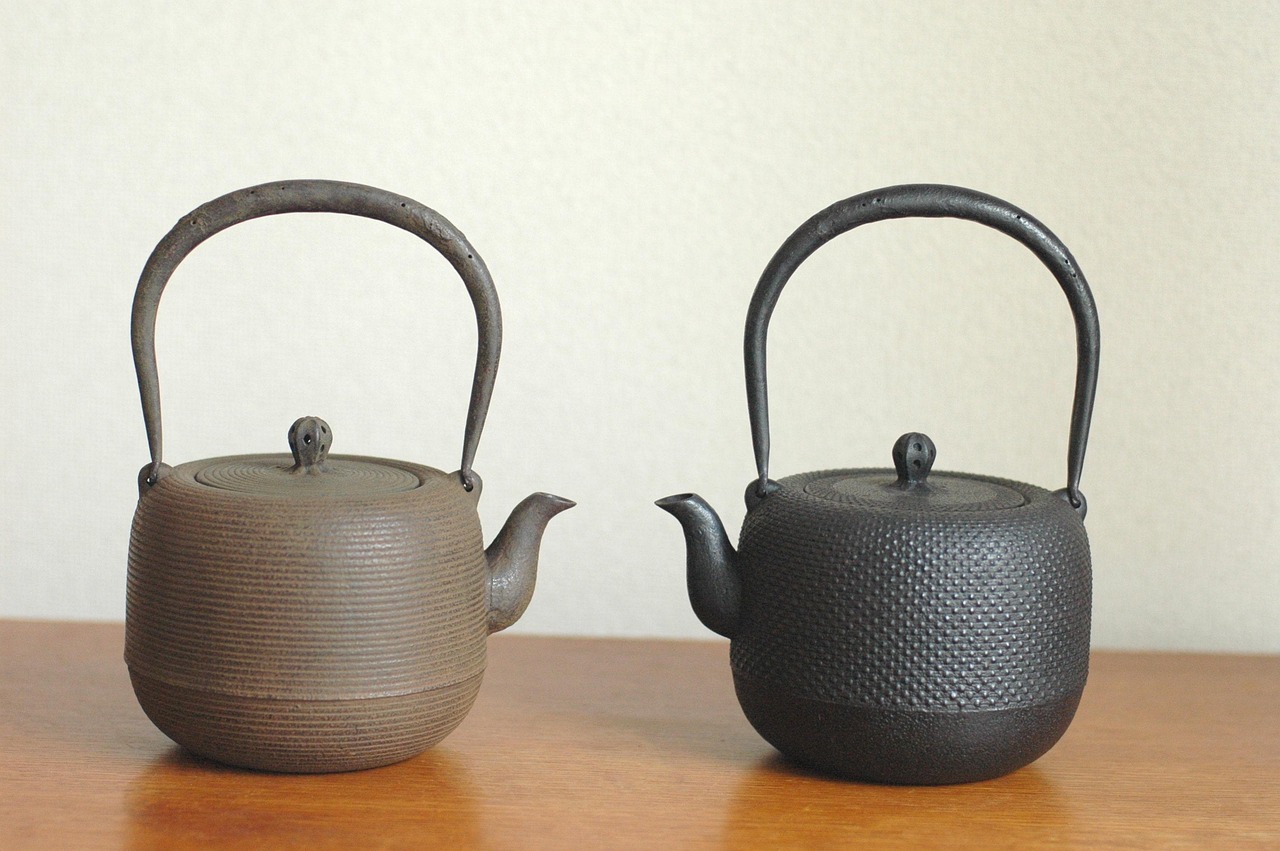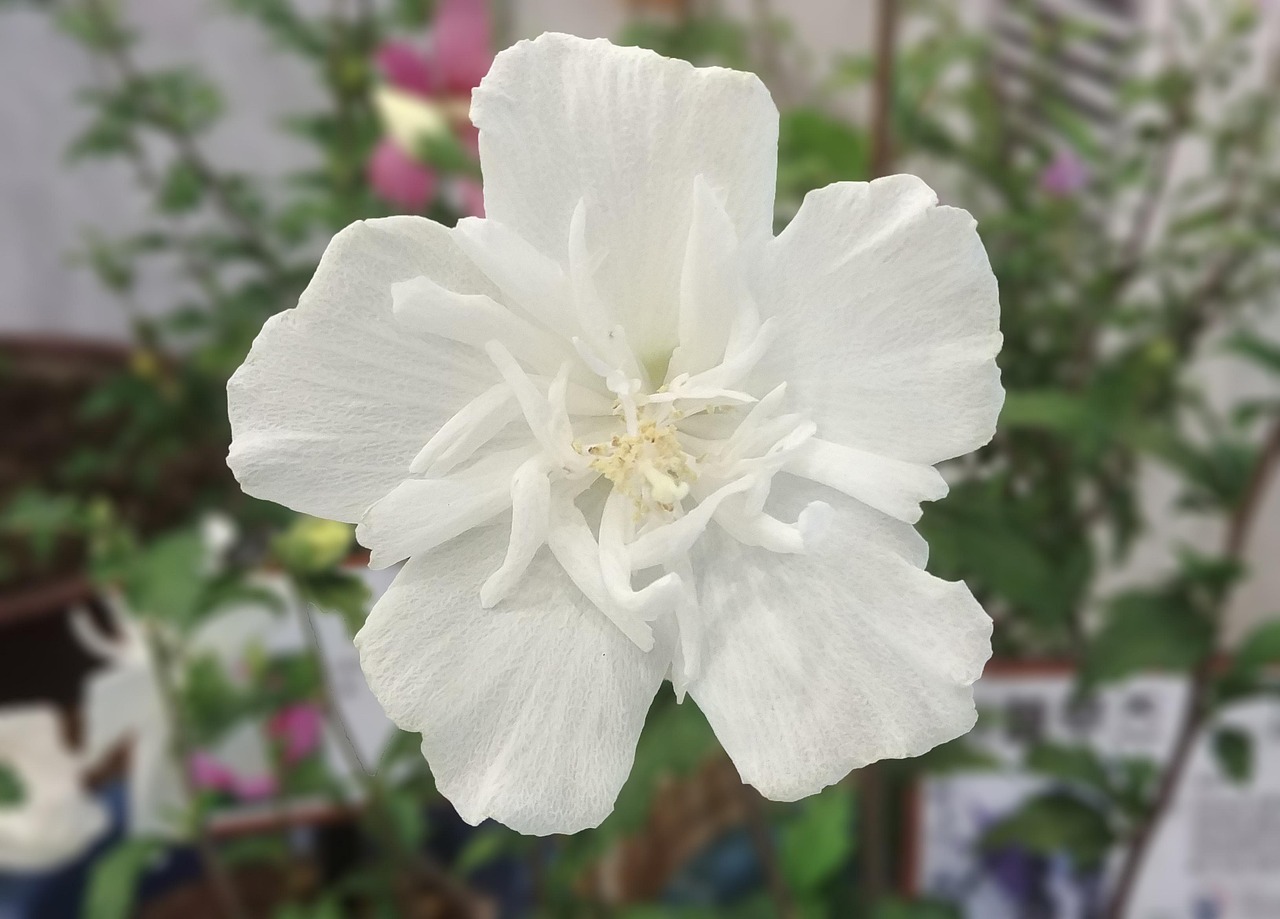An established tree typically shows healthy growth, strong roots, and a well-developed canopy. Signs include new leaf growth, the absence of wilting or yellowing leaves, and stability in windy conditions. Establishment generally takes several years, depending on the species and environmental factors.
Understanding when a tree is established is crucial for both gardeners and landscape professionals. Newly planted trees require specific care to thrive. They often go through an adjustment period after being transplanted. During this time, they may show signs of stress as they adapt to their new environment. Knowing the signs of an established tree can help ensure that you provide the right care during this important transition.

Establishment is not a one-size-fits-all process. Different tree species have varying needs and timelines for establishing themselves. Factors such as soil type, climate, and watering practices all play significant roles in how quickly a tree becomes established. In general, the establishment phase can last anywhere from one to five years.
Signs of an Established Tree
There are several key indicators that can help you determine if your tree has successfully established itself in its new location. These signs are crucial for assessing the health and growth of your tree.
- Root Growth: A well-developed root system is a primary sign of establishment. You can check for roots by gently digging around the base of the tree.
- New Leaf Growth: Healthy, vibrant leaves indicate that the tree is adapting well. Look for new shoots and leaves during the growing season.
- Stable Trunk: An established tree will have a sturdy trunk that can withstand wind and storms without leaning or uprooting.
- Water Use: An established tree will require less frequent watering as it begins to find moisture deeper in the soil.
- Flower or Fruit Production: Many trees will start to produce flowers or fruit once they are established, indicating maturity.
Monitoring these signs can help you understand how well your tree is integrating into its environment. It is essential to be patient during this process, as over-watering or excessive fertilization can hinder root development and delay establishment.

Factors Influencing Tree Establishment
Several factors impact how quickly a tree establishes itself. Understanding these can help you create optimal conditions for your trees to thrive.
| Factor | Description |
|---|---|
| Soil Quality | Rich, well-draining soil allows roots to grow effectively and access nutrients. |
| Water Availability | Sufficient water supply is crucial during the establishment phase but should be balanced to avoid waterlogging. |
| Tree Species | Different species have different establishment times and specific care requirements. |
| Climate Conditions | Temperature, sunlight, and wind exposure can either aid or hinder establishment based on local climate. |
Ensuring that your tree has the best possible conditions will aid in its establishment. Pay attention to factors like soil quality and water availability, as these are foundational to healthy growth. Additionally, choose tree species that are well-suited to your local climate for the best results.
As you continue to monitor your tree’s growth and health, remember that patience is key. Establishment may take time, but providing the right care and conditions will pay off in the long run as your tree flourishes in its environment.

Watering Practices for Establishment
Watering is one of the most critical aspects of ensuring that a tree establishes itself successfully. New trees often require more frequent watering compared to established ones. Understanding the right watering practices can make a significant difference in the establishment period.
How Much Water Does a New Tree Need?
The amount of water a newly planted tree requires depends on several factors, including tree species, soil type, and climate conditions. Here are some general guidelines to follow:
- Initial Weeks: During the first few weeks after planting, water the tree deeply at least twice a week.
- First Month: Gradually increase the frequency if the weather is hot and dry.
- After Establishment: Once the tree begins to show signs of new growth, you can reduce watering to once a week or as needed.
It is essential to water deeply. This encourages roots to grow deeper into the soil, enhancing stability and access to moisture.
Mulching for Moisture Retention
Applying mulch around the base of a newly planted tree can significantly aid in maintaining moisture levels in the soil. Mulch acts as a barrier that reduces evaporation, regulates soil temperature, and suppresses weeds. Here are some tips for effective mulching:

- Type of Mulch: Use organic materials such as wood chips, bark, or shredded leaves.
- Depth: Apply a layer of mulch about 2 to 4 inches deep.
- Distance from Trunk: Keep mulch at least a few inches away from the trunk to prevent rot.
Proper mulching not only conserves moisture but also improves soil health over time as it decomposes.
Fertilizing Young Trees
Fertilization can play a role in helping a tree become established, but it should be approached with caution. Over-fertilizing can damage young roots and hinder growth. Here are some key points to consider:
- Timing: Fertilize only in the spring, after the tree has leafed out and is actively growing.
- Type of Fertilizer: Use a slow-release fertilizer that is balanced and suitable for young trees.
- Application Rate: Follow the manufacturer’s instructions on application rates to avoid over-fertilization.
A well-timed and moderate fertilization strategy can provide essential nutrients that support healthy growth without overwhelming the tree.
Pest and Disease Management
Pests and diseases can pose significant threats to newly planted trees. Monitoring your tree’s health is crucial during its establishment phase. Here are some common pests and diseases to watch for:
| Pest/Disease | Description | Treatment |
|---|---|---|
| Aphids | Small insects that suck sap from leaves, causing yellowing. | Use insecticidal soap or neem oil as needed. |
| Canker Diseases | Fungal infections that create sunken areas on bark. | Prune affected areas; apply fungicides if necessary. |
| Root Rot | Disease caused by overly wet soil conditions affecting roots. | Improve drainage; avoid overwatering. |
| Japanese Beetles | Pests that feed on leaves, leaving skeletonized foliage. | Handpick or use traps; apply insecticides if infestations occur. |
Regularly inspecting your tree for signs of trouble can help you catch any issues early. Quick action can prevent minor problems from becoming severe threats to your tree’s establishment.
By implementing proper watering practices, mulching techniques, appropriate fertilization, and vigilant pest management, you can significantly enhance your tree’s chances of successfully establishing itself in its new environment. Each of these elements is vital for supporting robust growth and ensuring long-term health.
Seasonal Care for Newly Planted Trees
Seasonal changes can significantly impact the establishment of newly planted trees. Understanding how to adapt your care routine according to the seasons can enhance your tree’s health and growth. This section will outline specific care practices you should consider during each season.
Spring Care
Spring is a critical time for newly planted trees. As temperatures rise, trees begin to show new growth. Here are some essential care practices for spring:
- Watering: Increase watering frequency as temperatures warm. Ensure the soil remains moist but not waterlogged.
- Mulching: Refresh mulch to maintain moisture levels and suppress weeds. Add an additional layer if needed.
- Fertilizing: Apply a slow-release fertilizer according to the manufacturer’s instructions to promote growth.
- Pest Inspection: Regularly check for pests or diseases that may become active as the weather warms.
Summer Care
Summer can be hot and dry, putting extra stress on newly planted trees. It is essential to monitor their condition closely during this season.
- Watering: Deep watering is vital, especially during prolonged dry spells. Aim for about 1 to 1.5 inches of water per week, either from rainfall or supplemental irrigation.
- Shade Protection: If possible, provide temporary shade for young trees during extremely hot periods to reduce stress.
- Pest Management: Continue regular inspections for pests and treat any infestations promptly to avoid damage.
- Pruning: Remove any dead or damaged branches to encourage healthy growth.
Fall Care
As temperatures cool, fall is a time for preparation and maintenance. Trees entering dormancy will have different needs compared to the active growing season.
- Watering: Reduce watering frequency as rainfall typically increases in the fall. However, ensure the tree gets enough moisture before winter.
- Mulching: Adding mulch in late fall can help protect roots from freezing temperatures and keep moisture in the soil.
- Pest Inspection: Inspect for any lingering pests and diseases that may affect the tree’s health as it goes dormant.
- Planning: Assess the tree’s growth and health to plan any necessary actions for the upcoming spring.
Winter Care
Winter can be harsh for newly planted trees, especially in areas with heavy snowfall or freezing temperatures. Proper care during this season is crucial.
- Watering: Water trees during warm spells if the ground isn’t frozen. This helps keep roots hydrated.
- Protection from Cold: Consider wrapping young tree trunks with burlap or using protective guards to prevent damage from frost and animals.
- Avoid Salt Damage: Be cautious of road salt nearby that could harm your tree. Use barriers or plant away from salted areas.
- Pest Monitoring: Inspect for signs of winter pests, such as rodents that may feed on bark and roots.
The Importance of Patience and Observation
Establishing a tree is not an instantaneous process. It requires patience, diligence, and active observation. Regularly monitoring your tree will help you catch any issues early on, allowing for prompt action.
Consider keeping a journal or log of your tree’s growth, watering schedule, and any treatments applied. This record can help you identify patterns and adjust your care practices accordingly. Here are some key observations to make:
- Growth Rate: Note how quickly new leaves or branches appear during the growing season.
- Leaf Color: Watch for changes in leaf color that may indicate stress or nutrient deficiencies.
- Root Development: If possible, gently check the root zone to see if roots are expanding into the surrounding soil.
- Seasonal Changes: Observe how the tree reacts to seasonal changes, including temperature shifts and rainfall patterns.
The more you observe and understand your tree’s unique needs, the better equipped you will be to help it thrive in its new environment. This attentive approach will not only support establishment but also contribute to long-term health and resilience in the years to come.
Long-Term Care for Established Trees
Once your tree has established itself, it enters a new phase of growth and development. Even though the intensive care period may be over, ongoing maintenance is essential for ensuring the tree remains healthy and robust. Here are some key practices to consider for the long-term care of established trees:
Regular Pruning
Pruning is a vital activity that helps maintain the shape of the tree and encourages healthy growth. Here are some tips for effective pruning:
- Timing: The best time to prune most trees is in late winter or early spring before new growth begins.
- Remove Dead or Diseased Branches: Regularly inspect the tree and remove any branches that are dead, damaged, or diseased.
- Thinning: Thin out crowded branches to improve air circulation and light penetration, which can lead to healthier foliage.
- Shaping: Shape the tree to maintain a balanced appearance and prevent any potential hazards from low-hanging branches.
Soil Health Maintenance
Healthy soil is fundamental to the longevity of your tree. Maintaining soil health involves several practices:
- Mulching: Continue to apply mulch annually to retain moisture, suppress weeds, and add organic matter to the soil as it decomposes.
- Soil Testing: Conduct soil tests every few years to determine nutrient levels and pH. This information can guide your fertilization practices.
- Aeration: Aerate the soil around the tree occasionally to improve airflow and water absorption, especially in compacted soils.
Watering Practices for Established Trees
Even established trees require attention to their watering needs. While they are more tolerant of dry conditions than newly planted trees, they still benefit from adequate hydration:
- Seasonal Adjustments: In dry summers, monitor the moisture level in the soil and provide supplemental watering if necessary.
- Deep Watering: Water deeply and infrequently, encouraging roots to grow deeper into the soil where moisture is more stable.
- Observe Signs of Stress: Look for signs of wilting or leaf drop, which may indicate that your tree needs more water.
Final Thoughts
Understanding when a tree is established is crucial for any gardener or landscape enthusiast. The establishment phase is a vital period that requires careful attention, patience, and proper maintenance. By monitoring growth, watering appropriately, managing pests and diseases, and adapting care routines seasonally, you can give your tree the best chance to thrive.
The journey from planting to establishment can take several years, but with the right approach, your tree will flourish and contribute positively to your landscape. Not only do established trees provide shade and aesthetic beauty, but they also improve air quality and support local ecosystems.
As you nurture your tree into maturity, keep in mind that ongoing observation and adaptation are key. Each tree has its own unique requirements based on species, environment, and health. By remaining vigilant and responsive to these needs, you will foster a resilient tree that can thrive for generations to come.
In conclusion, whether you are an experienced gardener or just starting out, knowing how to recognize when your tree is established will empower you to make informed decisions about its care. This knowledge will ultimately enhance your gardening experience and contribute to a healthier environment.
